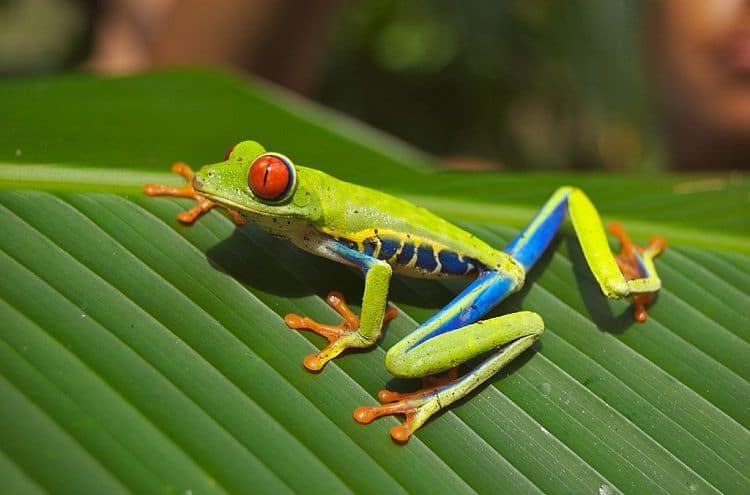Table of Contents
In an ideal world, your pet frog would go through its life without any problems. However, reality means that even with the best care and attention in the world, your fog could still suffer from various illnesses and diseases, just as any other living creature can. And when it comes to frogs, there are certain illnesses that are quite common. We discuss some of these in the following paragraphs.
Why is My Frog Bloated?
Bloating in frogs is quite common and is one of the main signs of a condition known as ‘dropsy.’ Although dropsy does not refer to one single illness or disease, it is a term frog and fish hobbyists use to describe a variety of symptoms. In frogs though the main symptom is severe bloating of the legs and abdomen. Other symptoms can include lethargy and the regurgitation of food.
Vets often refer to dropsy in other terms including edema, ascites, bloat, or hydropsy. Frogs with dropsy tend to be severely bloated, often to the point where it appears that they have been ‘pumped up’ with air. Nevertheless, they are not filled with air; rather, it is liquid. It can make frogs feel extremely uncomfortable.
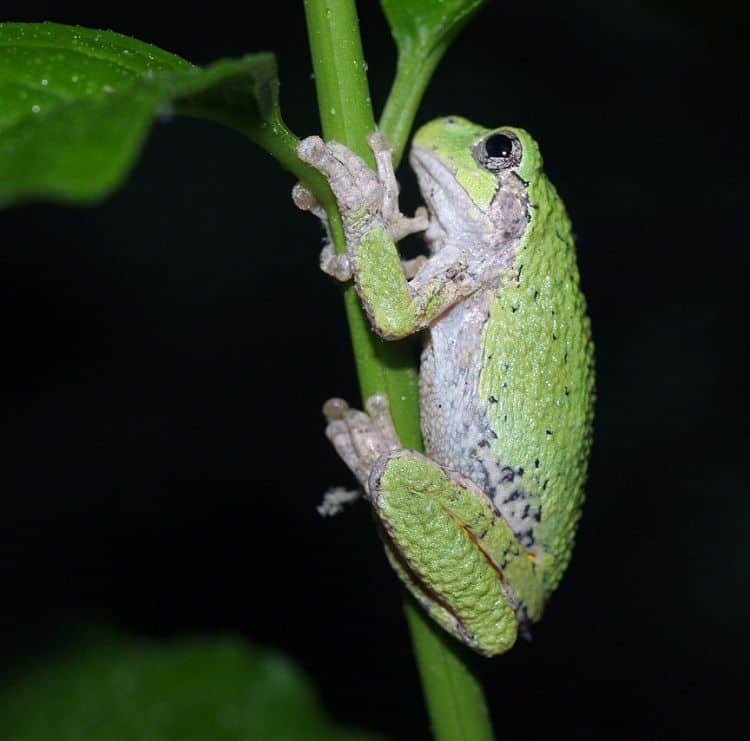
Gray Tree Frog 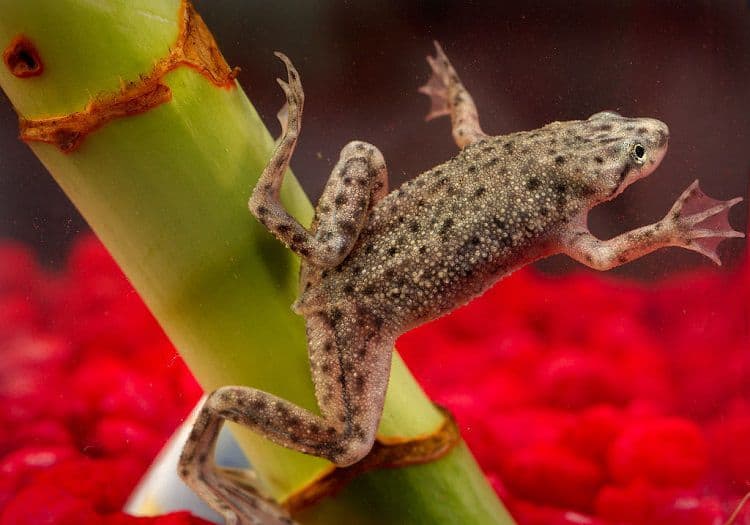
African Dwarf Frog 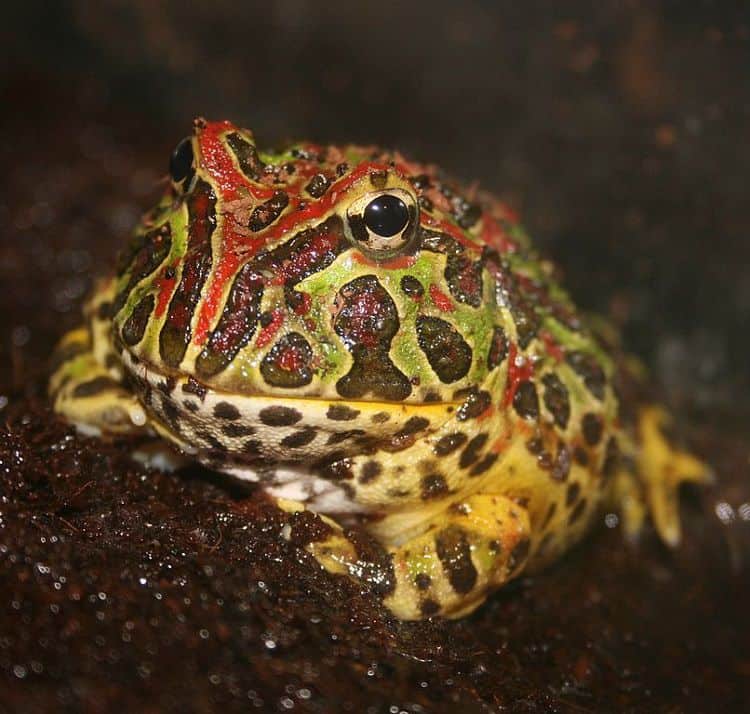
Argentine Horned Frog
What Causes Dropsy?
The causes of dropsy are not fully understood but it is thought it could be the result of poor diet or a bacterial infection. If the dropsy is caused by a poor diet, the bloating will often occur gradually. In the case of a bacterial infection though, bloating can often appear rather suddenly, often overnight.
The build up of fluids in frogs with dropsy is the result of the lymphatic system not working as it should. Normally, fluids would circulate in the lymphatic system. When dropsy occurs, the fluid builds up in the abdominal cavity and causes the frog to look bloated.
If dropsy is caused by a poor diet, the outlook for the frog is generally good, but if a bacterial infection is the culprit then the condition is, unfortunately, often fatal. Not only this, but it can also be passed from one frog to another.
How Do You Treat Dropsy?
If you suspect that your frog has developed dropsy, the best advice is to take it to an exotic vet as soon as possible for diagnosis. A vet should be able to diagnose the condition by inserting a needle into the affected frog’s abdomen or via an x-ray.
If the abdomen is filled with fluid, the vet will be able to treat the condition by draining this fluid. Once the fluid has been drained, the frog should feel much more comfortable as the pressure on the internal organs will have been released. If the dropsy was caused by a bacterial infection, the vet might prescribe a course of antibiotics.
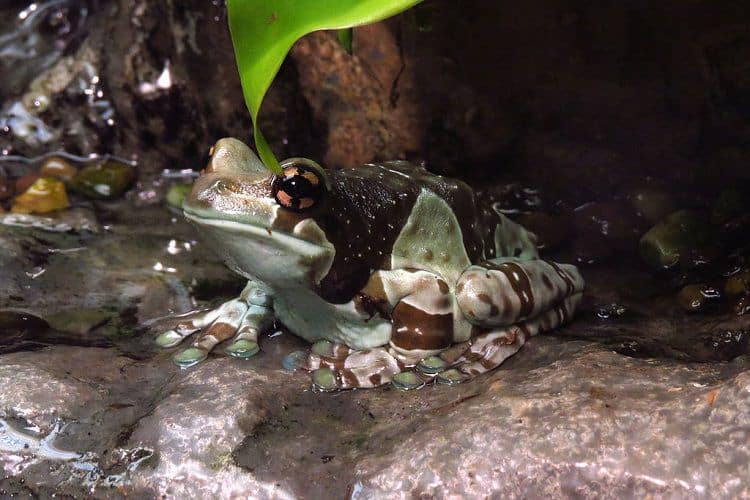
Amazon Milk Frog 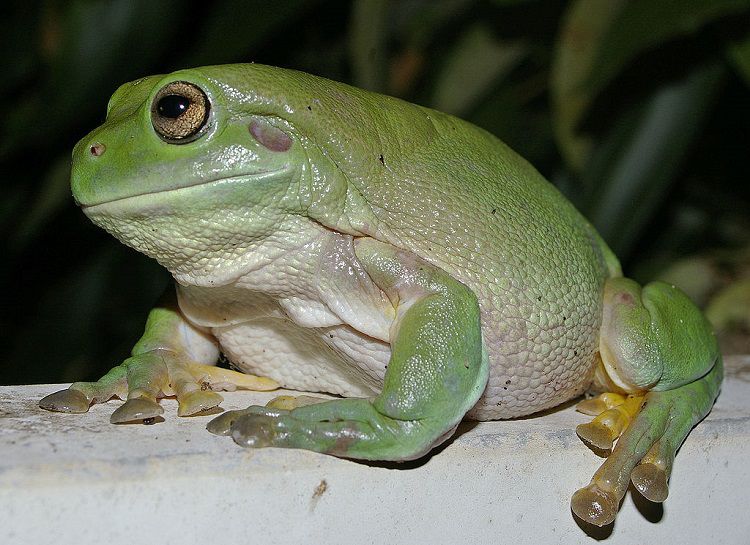
White’s Tree Frog 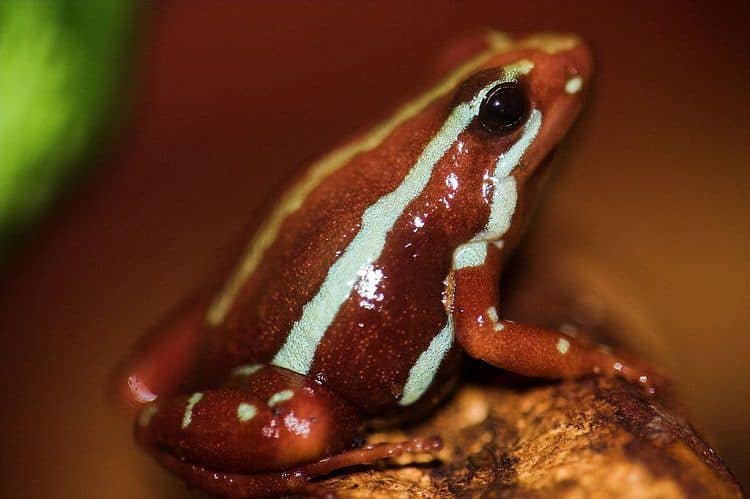
Phantasmal Poison Frog
How to Drain a Bloated Frog?
If your pet frog appears to have bloating and you are worried for it, as mentioned above we would recommend taking it to a vet as soon as possible. Although you may have heard that you could possibly drain the frog’s abdomen yourself, we would very strongly advise against this.
Attempting to undertake such a procedure yourself could result in severe harm – or even death – to the frog. Draining fluid from a frog is something that should only be done by an experienced vet.
How Long Can Frogs Live with Dropsy?
Although some frogs can live with dropsy for quite a while, the condition can be extremely uncomfortable and potentially result in organ failure. Early detection is the best outcome for the frog in question along with treatment from an experienced vet.
As already mentioned above, trying to drain the frog yourself can result in injury or death for the animal. You might have also read that adding salt to the frog’s water could help, but again, we recommend you avoid doing this unless advised to by a vet. For some species of frog, saltwater can be dangerous, even fatal.
Photo Credits:
- Featured Image (Red-Eyed Tree Frog): Careyjamesbalboa
 (Eric De Vries) – public domain
(Eric De Vries) – public domain - Phantasmal Poison Frog: Deepinon at https://www.flickr.com/photos/deepinon/110593290/
 – This file is licensed under the Creative Commons
– This file is licensed under the Creative Commons Attribution 2.0 Generic
Attribution 2.0 Generic license.
license. - Argentine Horned Frog: Melanie Mae Bryan – This file is licensed under the Creative Commons
 Attribution 2.0 Generic
Attribution 2.0 Generic license.
license. - Gray Tree Frog: Robert A. Coggeshall – public domain
- White’s Tree Frog: Bidgee
 – This file is licensed under the Creative Commons
– This file is licensed under the Creative Commons Attribution 3.0 Unported
Attribution 3.0 Unported license.
license. - African Dwarf Frog: https://phil.cdc.gov/details.aspx?pid=11835
 – public domain
– public domain - Amazon Milk Frog: D. Gordon E. Robertson
 – This file is licensed under the Creative Commons
– This file is licensed under the Creative Commons Attribution-Share Alike 3.0 Unported
Attribution-Share Alike 3.0 Unported license.
license.

